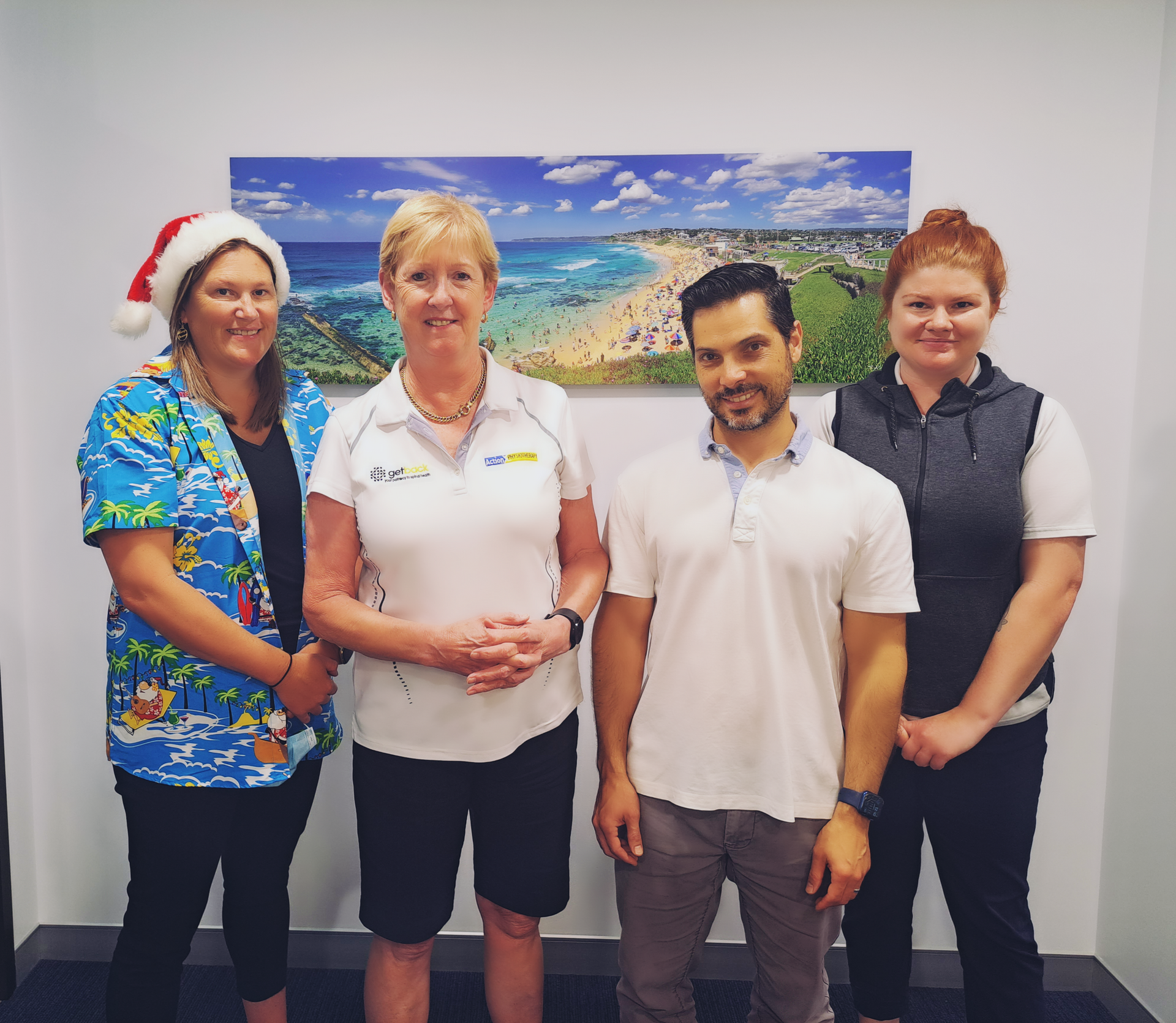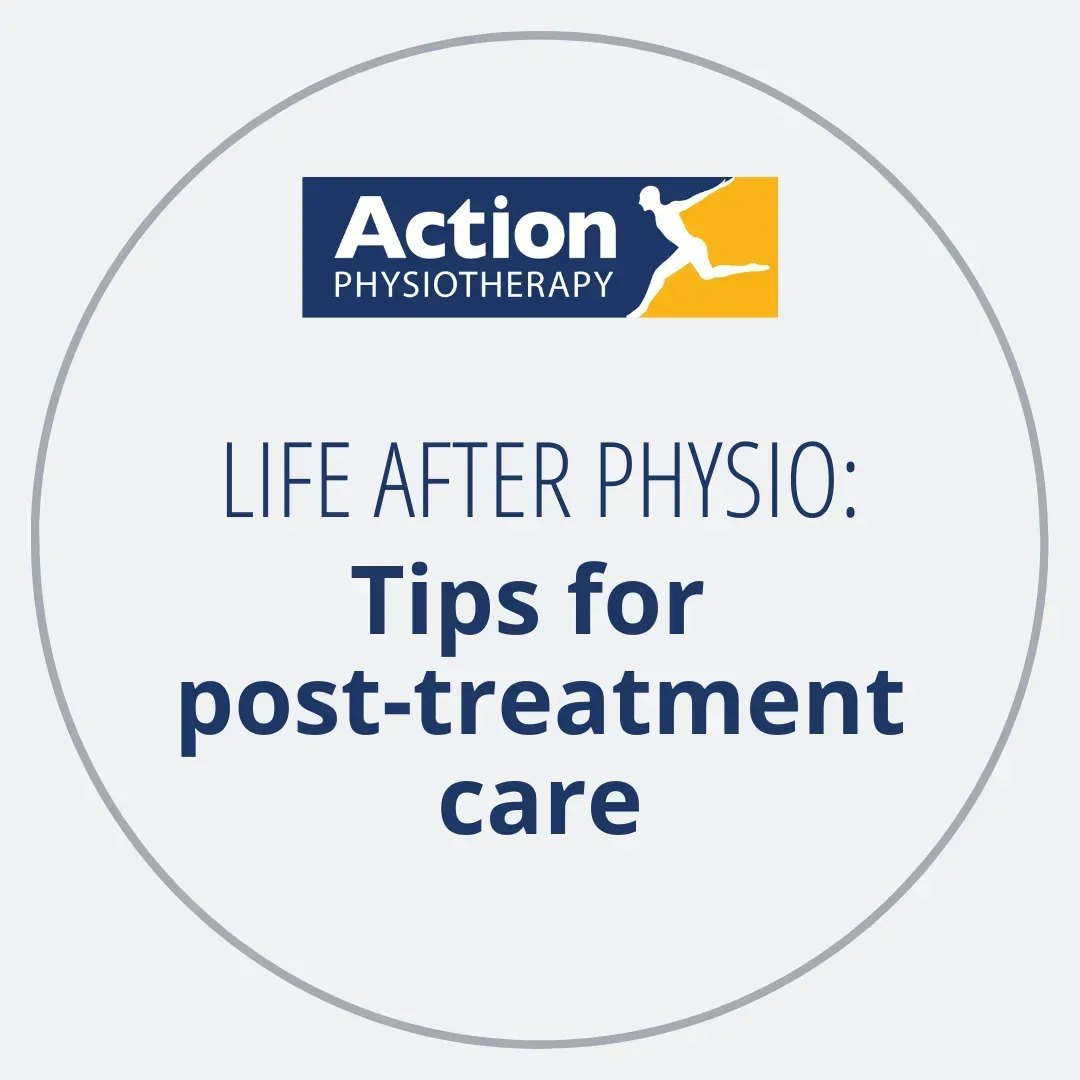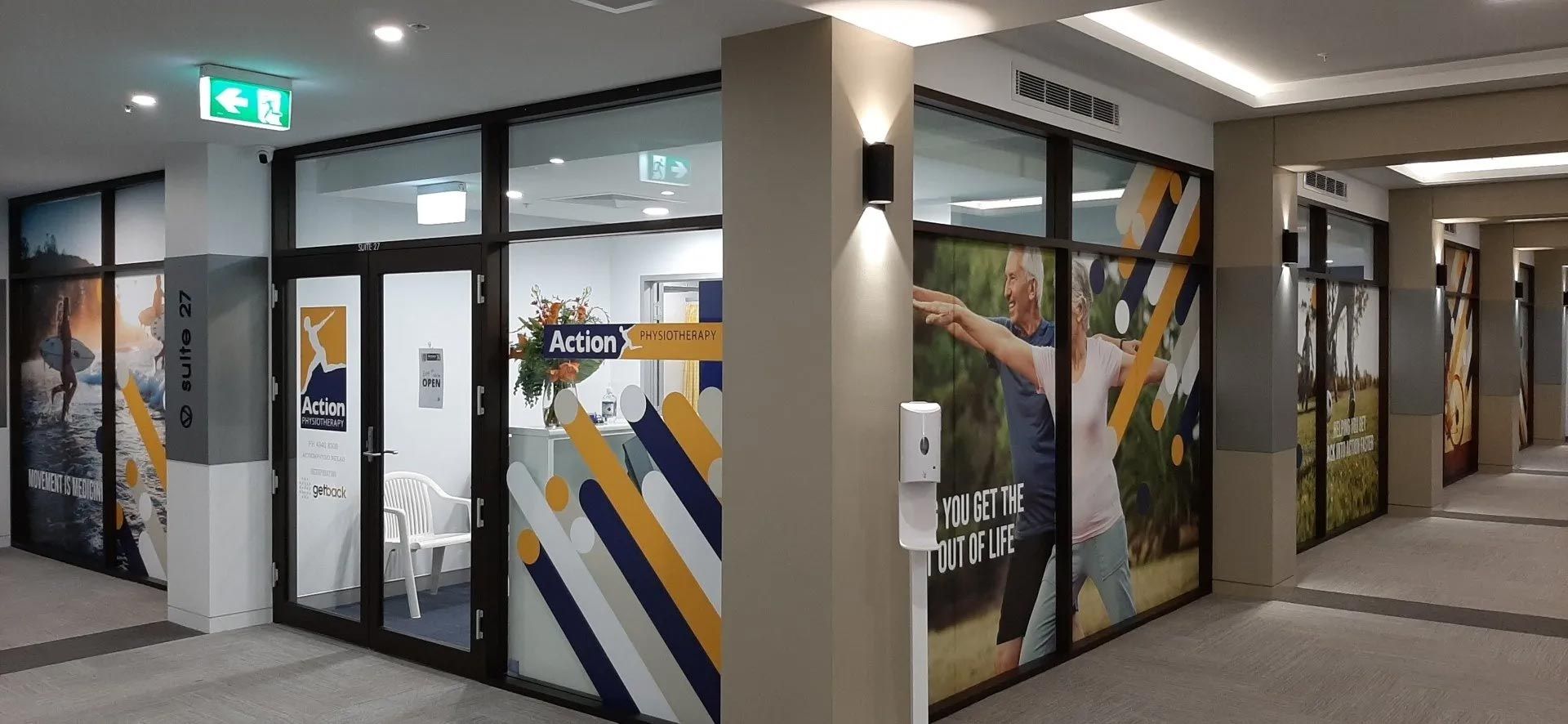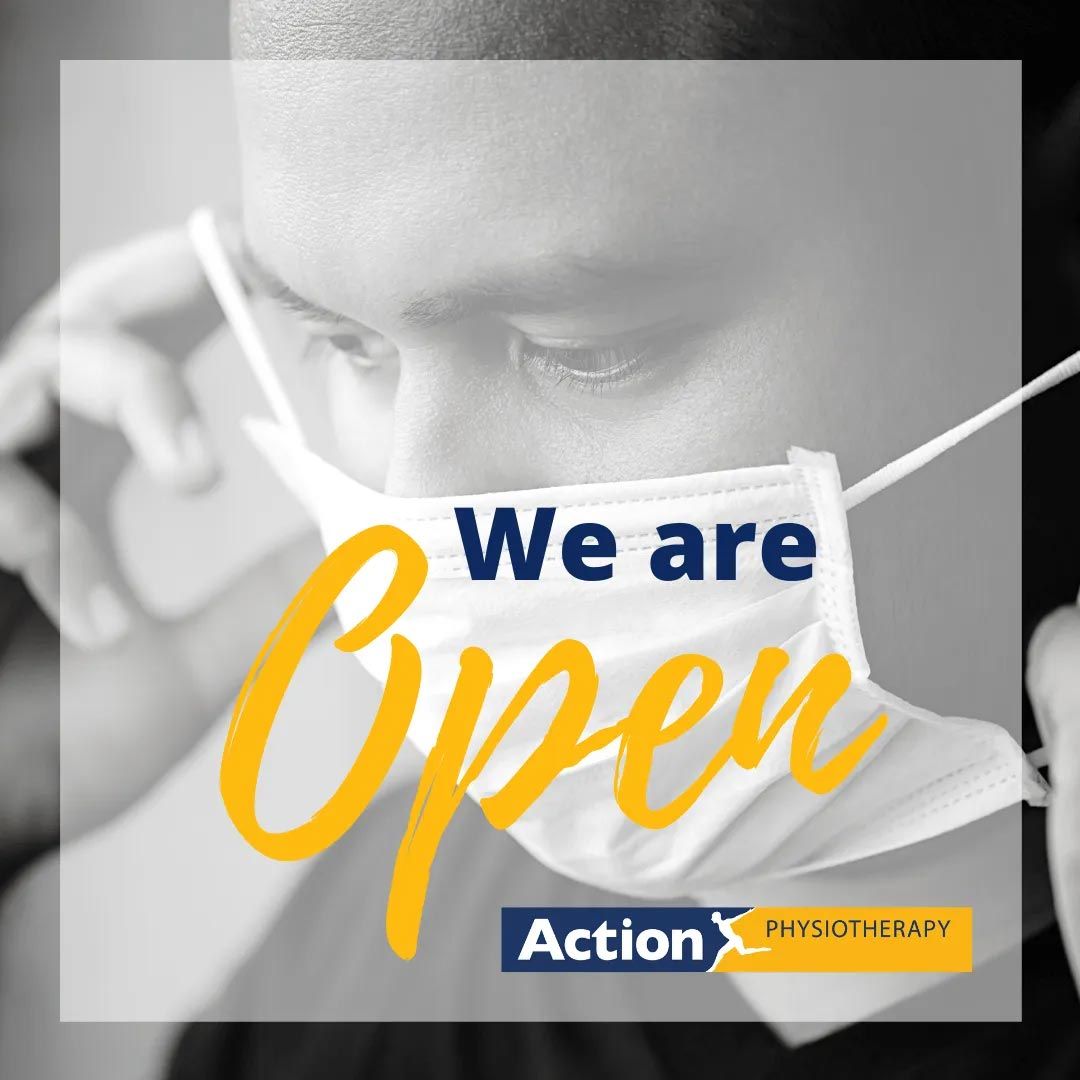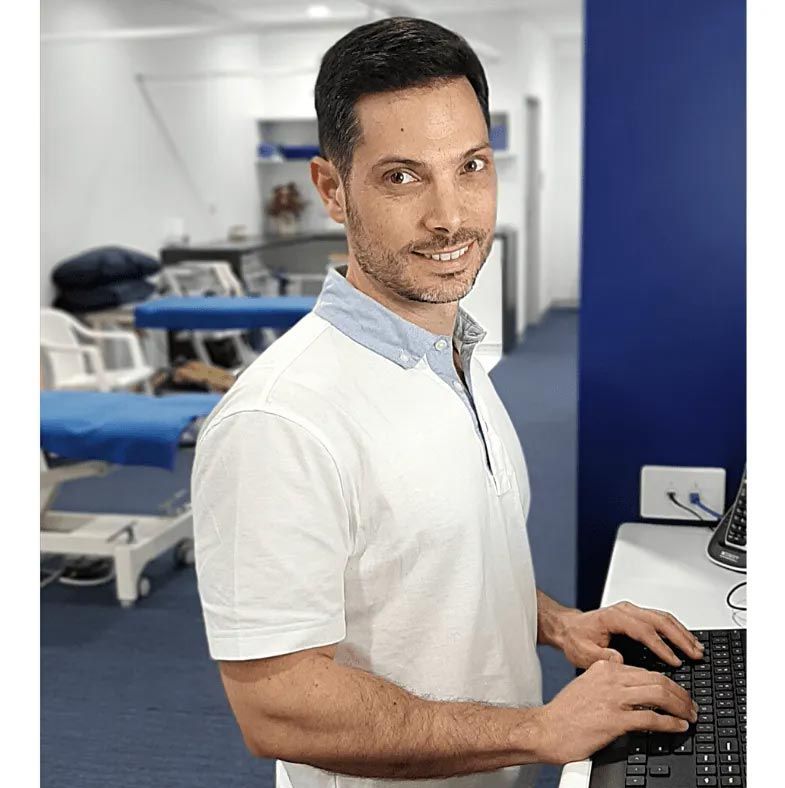6 Helpful Tips to Avoid & Alleviate Back Pain
6 Helpful Tips to Avoid & Alleviate Back Pain
Lockdown Neck & Back Pain
Lockdown hey... While it's nice to be on the other side of it, it's important we do what we can to look after ourselves and avoid unwanted injuries and pain. One of our biggest complaints at the moment is BACK PAIN. Either we're spending more time in front of a screen & less time moving OR we're returning to sport and going too hard too fast.
We've put together 6 Helpful Tips to help you avoid and alleviate any back/neck pain you may encounter - Yes, there are no miracle cures! Every little step counts.
1. Home Office Setup
Poor ergonomic setup is probably the biggest culprit for neck & back pain at the moment.
No fancy equipment is needed here! Just knowledge!
Desk & Chair
- Hip/ Knee/ Ankle 90 degree
- If your chair doesn't have lumbar support, we suggest either using a small pillow, rolled-up towel or purchasing one of our Obus Lowback Support Cushions.
- The lumbar support should fit right into the natural curve of your spine, typically at the small of your back directly above your belt line.
Keyboard and Mouse
- Keyboard positioned directly in front of you (letter B should be right in front of you) - roughly 60 to 100mm from the edge of the desk
- Wrists maintained in a neutral position – elbows should be at 90 degrees, forearms parallel to the floor
- Keyboard legs are down (legs up causes excessive wrist extension)
- Mouse positioned directly next to the keyboard – wrist should be neutral & elbows by your side when performing mouse movements
Monitors
- Monitor positioned directly in front of you and the keyboard - Approximately one arm's length away from you
- Eye level falls within the top 1/3 of monitor screen when looking straight ahead
- If using 2 monitors have screens at the same level, and sit directly in front of the middle of the screens – avoid twisting your head and torso to view screens
BIG NEDDY NO-NOs
If you are still working from home, try to avoid working from the sofa or bed. A lot of neck pain can be attributed to people sitting on the sofa looking down at their laptop.
2. Don't just sit there
Move more, sit less.
- If you're working from home, set and alarm to remind yourself to go for a short stroll to the kitchen to get a glass of water.
- Every 20 to 30 minutes stand, stretch and move around for a minute or two to promote circulation and relax muscles.
- Walk around when talking on the phone.
- Sit/Stand desk users - Alternate every 30 mins.
Test Yourself - Calculate the time (in hours) you spend sitting each day.
https://www.movemoresitless.org.au/sitting-calculator/
3. Exercise
We all know that we should aim for at least 30 minutes of physical activity every day... Right? Exercise can make us feel better – more energy, a better mood, feel more relaxed and sleep better.
People with desk jobs are typically at greater risk of developing health issues related to excessive sedentary time.Too much inactivity can weaken the muscles over time, which is bad news for anyone who has to sit at a desk for over eight hours a day. Doing some desk exercises, no matter how minimal, allows you to engage in dynamic movements that keep your muscles in use throughout the day.
Pick several stretches each half hour which will take about a minute, holding each stretch gently for about 5 seconds.
They could include:
- squeezing your shoulder blades together
- shoulder rolls
- touching your toes
- extending backwards
- stretching the forearms and neck gently
- calf raises.
If you need assistance with some personalised exercises, give us a buzz and we can book you in to see one of Action Physio's team members.
4. Apply heat/ice
When something hurts, what will make it feel better: ice or heat?
While ice is usually preferred for headaches, moist heat or a heat wrap can relax neck spasms that contribute to headaches.
How to safely apply ice and heat
You can apply ice and heat in lots of ways. Experts generally recommend up to 20 minutes on and 20 minutes off:
- Ice packs: Frozen peas or corn, ice cubes in a baggie or frozen gel pack. You can ice beyond 48 hours, until swelling, tenderness or inflammation are gone.
- Ice massage: Freeze water in a Dixie cup, peel back the top, and massage the tender area until it’s numb. (Best for targeted icing after injury or for areas too awkward for ice packs, like the elbow or heel).
- Cold masks: Place a cold mask, available at chemists, over your eyes or lay a towel soaked in cold water over your forehead and temples.
- Moist heat: Enjoy a bath, shower or spa using warm, not hot, water 32 to 37 degress C.
- Heating pads, great for lower back pain: To avoid burns, remove heating pads if the area becomes uncomfortably warm.
5. Beware the post lockdown return to sport
I know you're so very keen and eager to get back into sport or daily exercise... but we need to minimise risk of injury as we return to sport and exercise.
Your body needs to adapt slowly to increased work loads after being off for so long. Make sure you increase your intensity and duration of exercise/sport gradually.
Instead of pulling out the boots and going straight into your first game, make sure to plan out an exercise regime that you can start 6-8 weeks before.
6. Seek help
"I thought it would get better" - We hear this line so often.
It is important to understand that your pain levels do not need to be excruciating. Lower level pains such as frequent nagging pains and dull headaches are a very common reason to see a physio. Don’t let these nagging problems drag on for months or years, when there is something you can do about it today – see your physio.






